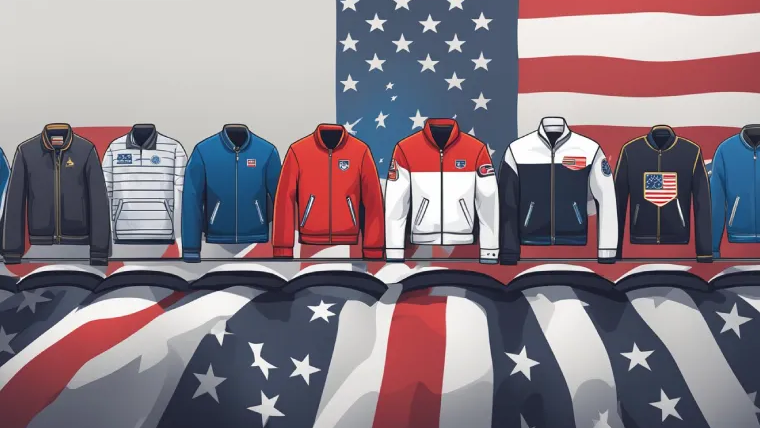Introduction
Fashion is more than just clothing; it is an expression of culture, identity, and creativity. Middle East Fashion Weeks have emerged as powerful platforms, showcasing regional talent while influencing global fashion trends. From Dubai to Riyadh, these events attract international designers, industry experts, and fashion enthusiasts. As a result, the Middle Eastern fashion scene has gained significant recognition worldwide. But what makes these fashion weeks so impactful? Let’s explore their growing influence.
Elevating Regional Designers on a Global Stage
For years, Middle Eastern designers struggled to gain international exposure. Middle East Fashion Weeks have changed that narrative. These events provide a platform for local talent to present their collections to a global audience. Emerging designers now have opportunities to collaborate with international brands, expanding their reach beyond regional markets. Additionally, established luxury houses are increasingly incorporating Middle Eastern influences into their designs, further cementing the region’s impact on global fashion.
A Fusion of Tradition and Modernity
Fashion in the Middle East thrives on a balance between tradition and modernity. Designers seamlessly blend heritage elements with contemporary aesthetics, creating unique collections that appeal to diverse audiences. Traditional embroidery, luxurious fabrics, and modest fashion find new interpretations on the runway. As a result, Middle East Fashion Weeks celebrate cultural heritage while embracing modern trends, making them stand out in the fashion industry.
The Role of Sustainability and Innovation
Sustainability is becoming a key focus in global fashion, and the Middle East is no exception. Many regional designers are incorporating eco-friendly practices into their work. Middle East Fashion Weeks now feature sustainable collections, highlighting ethical fashion choices. Moreover, technology-driven innovations, such as digital fashion shows and AI-powered designs, are redefining how fashion is presented. As the industry evolves, these events continue to push boundaries and set new standards.
Celebrity Influence and Media Coverage
Celebrities and influencers play a crucial role in shaping fashion trends. Middle East Fashion Weeks attract A-list attendees, from Hollywood stars to regional influencers. Their presence brings global media attention, increasing the visibility of the showcased collections. Social media platforms further amplify the impact, with fashion enthusiasts sharing runway moments in real-time. As a result, these fashion weeks generate widespread buzz, drawing even more international interest.
Economic Growth and Industry Expansion
The fashion industry is a major economic driver, and Middle East Fashion Weeks contribute significantly to its growth. These events boost local economies by attracting tourists, investors, and retailers. Luxury brands establish stronger regional presences, while local designers gain access to new business opportunities. Additionally, fashion-related sectors, such as textiles, beauty, and retail, experience increased demand during these high-profile events. The economic impact extends beyond the runway, benefiting the entire industry.
Conclusion
The rise of Middle East Fashion Weeks has transformed the region into a global fashion powerhouse. These events showcase emerging designers, celebrate cultural heritage, and drive sustainability efforts. Celebrity influence, media coverage, and economic growth further enhance their impact. As the fashion industry continues to evolve, the Middle East’s presence on the global stage will only grow stronger. How will these fashion weeks shape the future of style in the region?




